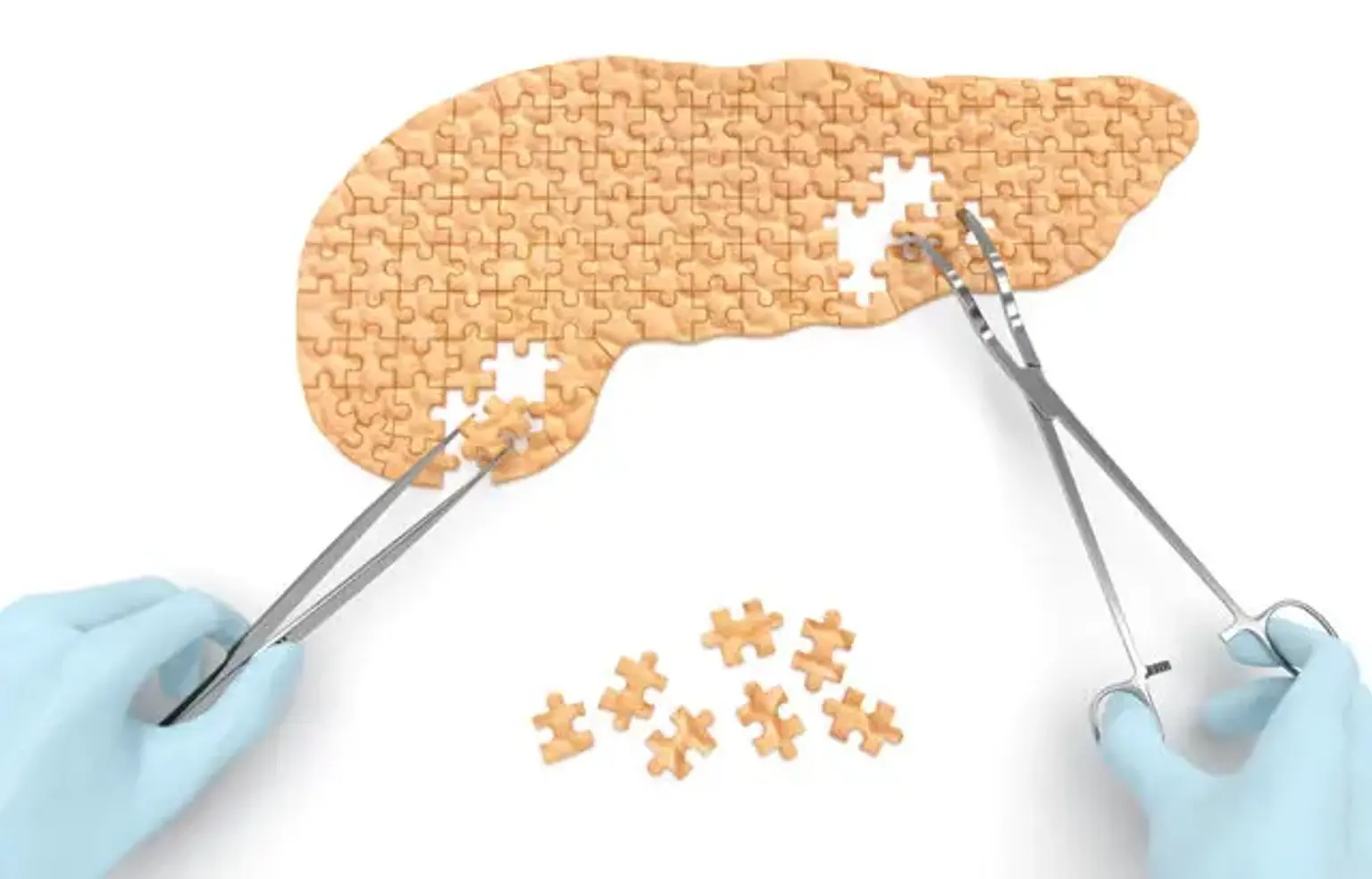Pancreatic Cyst
The higher detection of cystic pancreatic lesions on cross-sectional radiography has resulted in an increase in pancreatic operative resections. However, because many cystic lesions are considered to be benign, excision may not be necessary in some cases. As a result, it's essential to differentiate cystic neoplasms from pseudocysts and to describe cystic neoplasms of the pancreas. Although several histologic forms of cystic pancreatic neoplasms have been discussed in the literature, 90% of all primary cystic pancreatic neoplasms are serous cystadenomas, mucinous cystic neoplasms, and intraductal papillary mucinous neoplasms (IPMNs). Most mucin-producing lesions have malignant potential and necessitate surgical removal in asymptomatic individuals, whereas serous cystadenomas are usually benign that do not necessitate surgical removal in asymptomatic patients.
Solid tumors of the pancreas, such as islet cell tumors and adenocarcinomas, can sometimes have a cystic element or degenerate, mimicking a cystic neoplasm on imaging. It's crucial to distinguish cystic neoplasms from pancreatic adenocarcinomas since malignant cystic neoplasms have a more favorable prognosis than ductal adenocarcinomas. As a result, precise preoperative characterization of the lesions enhances prognosis and directs therapeutic decision-making. In the assessment of patients with cystic pancreatic lesions, imaging is critical. Multidetector computed tomography (CT) provides for pancreatic cyst thin-section imaging and has become the preferred imaging technique for both early detection and description.
Magnetic resonance imaging (MR) cholangiopancreatography properly shows the cyst's morphologic characteristics and has the added benefit of revealing the cyst's relationship to the pancreatic duct. Although cross-sectional imaging using CT and MRI can accurately identify cysts in a significant number of patients, morphologic overlap can occasionally cause confusion. However, endoscopic ultrasonography can help to solve this problem to a large extent. This approach can help further describe the cyst by guiding cyst fluid aspiration and biopsy from questionable locations, in addition to providing high-resolution information regarding the morphologic aspects of the cyst.
The most common cystic pancreatic lesions include pseudocysts, serous cystadenomas, mucinous cystic neoplasms, and IPMNs, which account for more than 91% of cystic pancreatic lesions. Doctors created a simple imaging-based categorization system for cystic pancreatic lesions that is based on the lesion's morphologic characteristics. A systematic method that incorporates these characteristics with the patient's clinical manifestations might be used as a practical guide for treating these patients.
